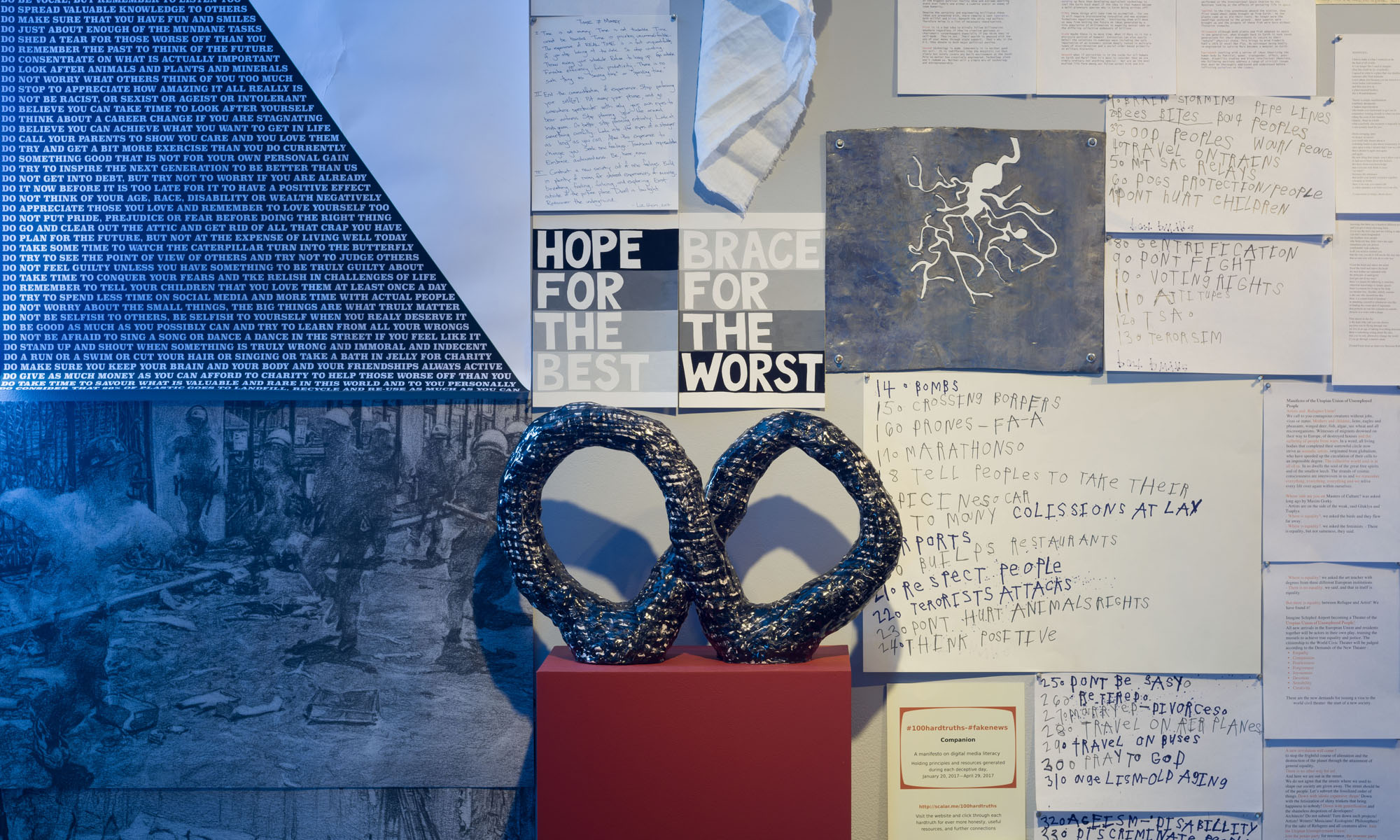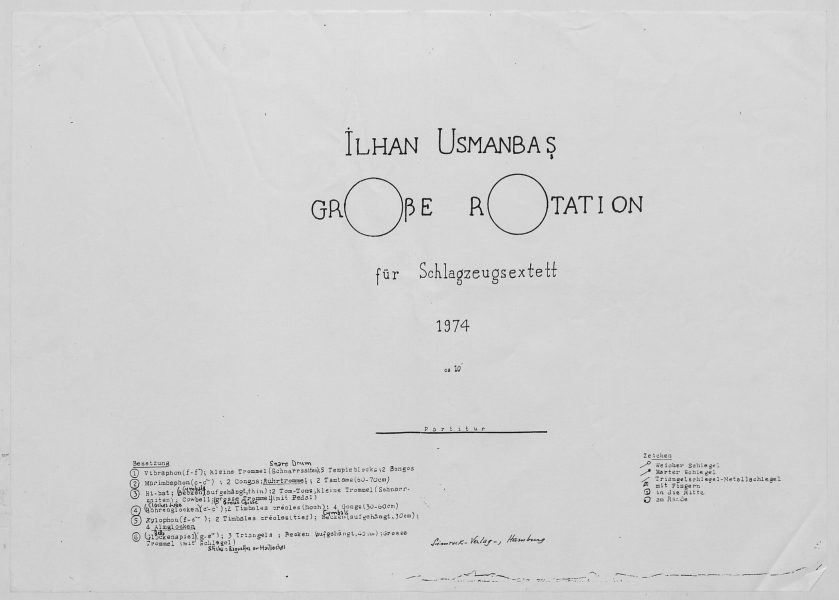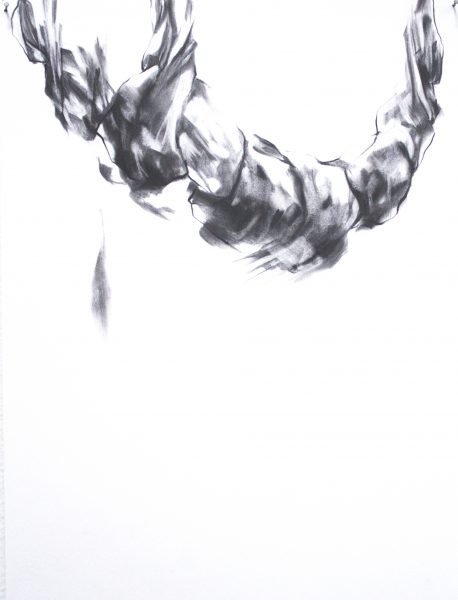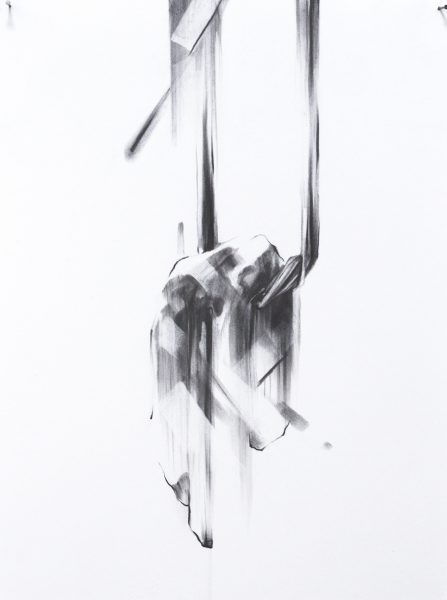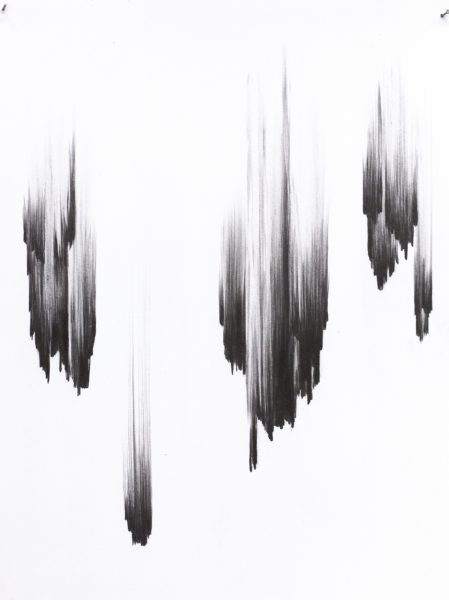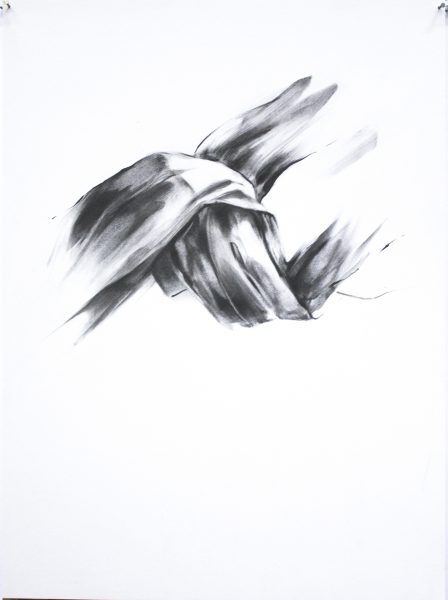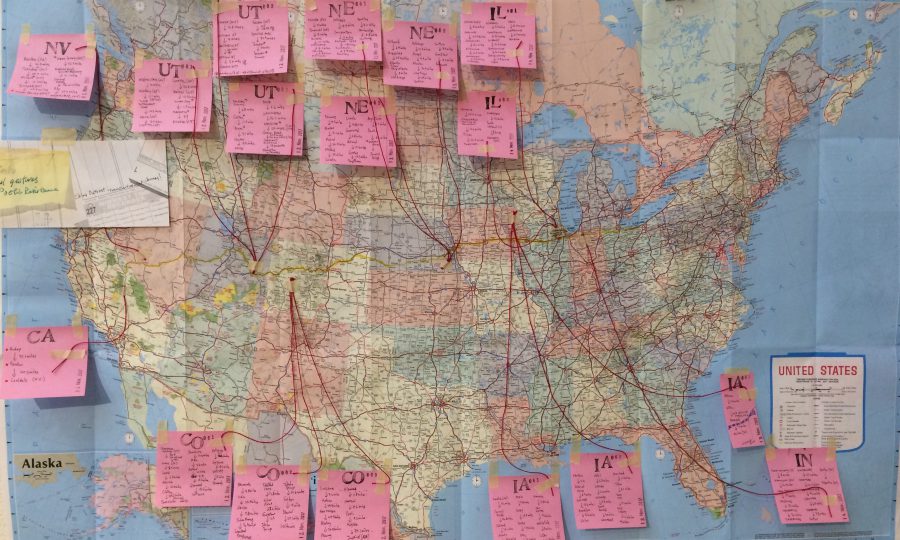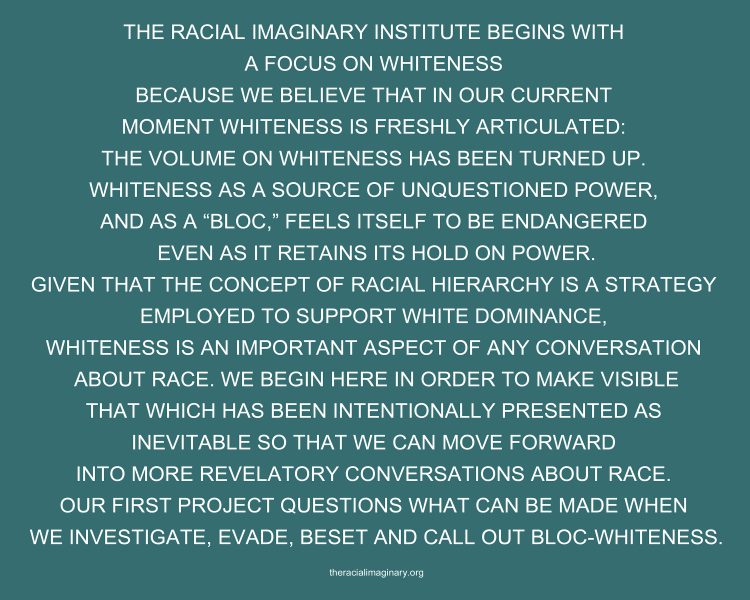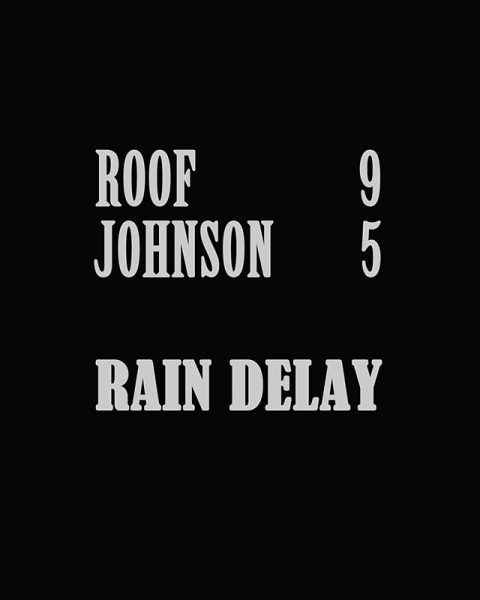
On July 7, 2016, Micah Xavier Johnson ambushed and fired upon a group of police officers in Dallas, Texas, killing five officers and injuring nine others. This was done in retaliation for police murders of African Americans. In December of the same year White supremacist Dylann Roof murdered nine African Americans during a prayer meeting in church. He hoped his action would trigger a race war in the USA. Rain Delay is a prediction that similar incidents will certainly follow.
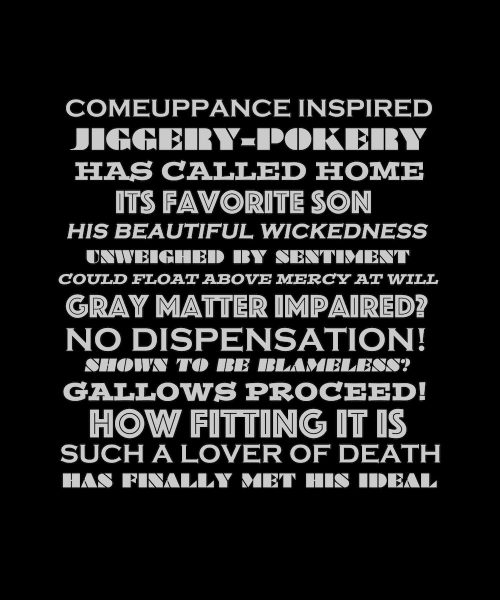
Scalia is a satirical obituary of Supreme Court Justice Antonin Scalia whose positions were extreme and mean-spirited. Atkins v Virginia is a court decision from June 2002 in which the Supreme Court of the United States ruled 6-3 that executing people with intellectual disabilities violates the Eighth Amendment’s ban on cruel and unusual punishments, but that states can define who has intellectual disability. Justice Scalia dissented, saying, “The fact that juries continue to sentence mentally retarded offenders to death for extreme crimes shows that society’s moral outrage sometimes demands execution of retarded offenders.”
Scalia also believed that executing the innocent is constitutional, saying, “This Court has never held that the Constitution forbids the execution of a convicted defendant who has had a full and fair trial but is later able to convince a habeas court that he is ‘actually’ innocent.”
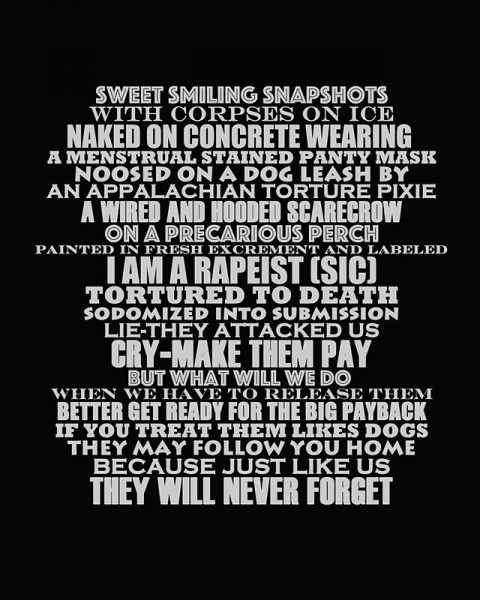
The title “Never Forget” is a sly reversal of the patriotic intention of the slogan that memorializes the destruction of the World Trade Center towers. The misguided and heavy-handed response of the US government to that event has created a state of perpetual war for the country; a war with no end in sight and no political pragmatism working to do so. The torture perpetrated by US soldiers in Abu Ghraib prison was proof of the emptiness in American rhetoric—brutality, not justice, is our core belief and first response.
